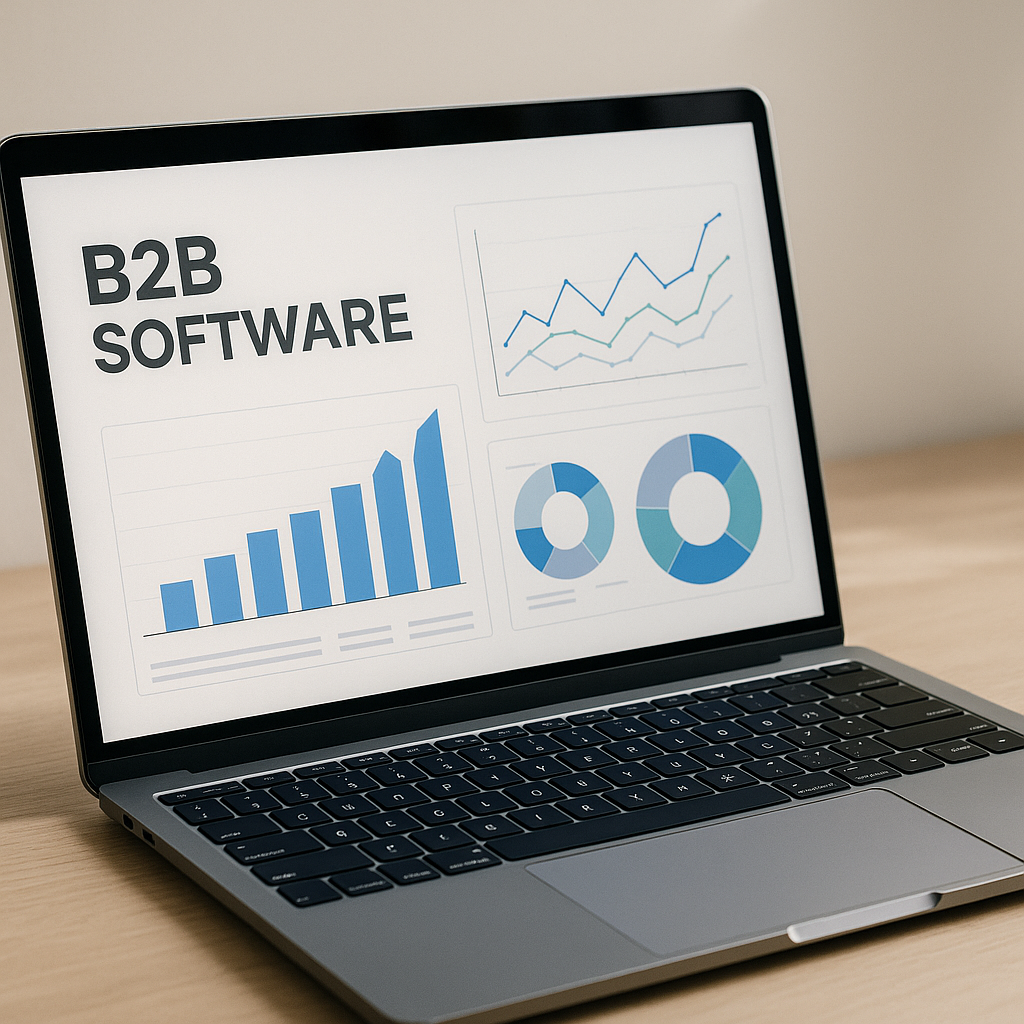Learn About B2B Software
In today’s fast-paced business environment, companies increasingly rely on technology to streamline operations, improve communication, and drive growth. One critical category of technology is B2B software. This article explores what B2B software is, its benefits, the common types, and how it supports businesses in achieving their goals.
What Is B2B Software?
B2B software refers to software solutions designed specifically for business-to-business (B2B) operations. Unlike consumer-focused applications, B2B software helps companies manage internal processes, collaborate with other businesses, and optimize their supply chain or sales strategies. These tools enable organizations to automate workflows, improve data management, and enhance overall efficiency in their business dealings.
Key Benefits of B2B Software
Implementing B2B software offers several advantages that can transform how businesses operate:
- Improved Efficiency: Automation of repetitive tasks reduces manual work, saving time and minimizing errors.
- Enhanced Collaboration: Centralized platforms facilitate better communication and coordination among teams and with external partners.
- Data-Driven Decisions: Access to comprehensive analytics and reporting helps businesses make informed strategic choices.
- Scalability: Many B2B software solutions grow with your company, supporting increased workloads and complexity.
- Cost Savings: Streamlined processes and reduced administrative overhead can lower operational costs.
Common Types of B2B Software
B2B software comes in many forms, each tailored to specific business needs. Below are some of the most widely used categories:
-
Customer Relationship Management (CRM)
CRM software helps businesses manage interactions with clients and prospects, track sales pipelines, and improve customer service. -
Enterprise Resource Planning (ERP)
ERP systems integrate core business processes such as finance, procurement, inventory, and human resources into one unified platform. -
Supply Chain Management (SCM)
SCM software optimizes the flow of goods, information, and finances from supplier to customer, ensuring timely delivery and cost control. -
Project Management Tools
These applications assist teams in planning, executing, and tracking projects, enabling better resource allocation and deadline management. -
Accounting and Financial Software
Designed to manage invoicing, payroll, budgeting, and financial reporting, these tools help maintain accurate and compliant financial records. -
Marketing Automation Platforms
These systems automate marketing tasks such as email campaigns, lead nurturing, and analytics to increase marketing efficiency.
How B2B Software Supports Business Growth
Businesses that leverage B2B software can unlock new growth opportunities by:
- Streamlining Sales Processes: Automated lead tracking and customer insights help sales teams close deals faster.
- Improving Supply Chain Visibility: Real-time tracking and analytics reduce delays and improve inventory management.
- Enhancing Customer Experience: Personalized communication and timely support foster stronger client relationships.
- Reducing Operational Risks: Compliance management and audit trails help mitigate legal and financial risks.
- Facilitating Remote Work: Cloud-based B2B software enables teams to collaborate effectively regardless of location.
Choosing the Right B2B Software
Selecting the most suitable B2B software depends on several factors:
- Business Size and Complexity: Small businesses may prefer lightweight tools, while larger enterprises need comprehensive platforms.
- Industry Requirements: Certain industries have specialized needs, such as compliance or integration with legacy systems.
- Integration Capabilities: The software should seamlessly connect with existing applications to avoid data silos.
- User Friendliness: Intuitive interfaces encourage adoption and reduce training time.
- Cost and ROI: Consider upfront costs, subscription fees, and expected return on investment.
Implementation Best Practices
To maximize the benefits of B2B software, businesses should:
- Define Clear Objectives: Understand what problems the software should solve.
- Involve Stakeholders: Engage end-users and IT teams early to gather requirements and buy-in.
- Plan for Training: Provide adequate training to ensure smooth adoption.
- Test Thoroughly: Pilot the software before full deployment to identify and fix issues.
- Monitor Performance: Continuously track usage and outcomes to optimize processes.
Frequently Asked Questions About B2B Software
- What is the difference between B2B and B2C software?
- B2B software is designed for business-to-business operations focusing on organizational needs, while B2C software targets individual consumers with a focus on user experience and retail transactions.
- Is B2B software always cloud-based?
- Not always. While many modern B2B solutions are cloud-based for accessibility and scalability, some businesses still use on-premise software based on their security or customization requirements.
- Can small businesses benefit from B2B software?
- Yes. Many B2B software solutions are scalable and offer features tailored to small business needs, helping them compete more effectively.
- How long does it typically take to implement B2B software?
- Implementation time varies based on software complexity, customization, and organizational readiness. It can range from a few weeks to several months.
- Are B2B software solutions customizable?
- Many B2B software products offer customization options to fit specific workflows, industry requirements, and integration needs.
Conclusion
B2B software plays a vital role in helping organizations enhance efficiency, improve collaboration, and drive growth. Understanding the types, benefits, and implementation considerations can empower businesses to select the right solutions that align with their strategic goals. Investing in the appropriate B2B software is a key step toward staying competitive in an increasingly digital marketplace.
